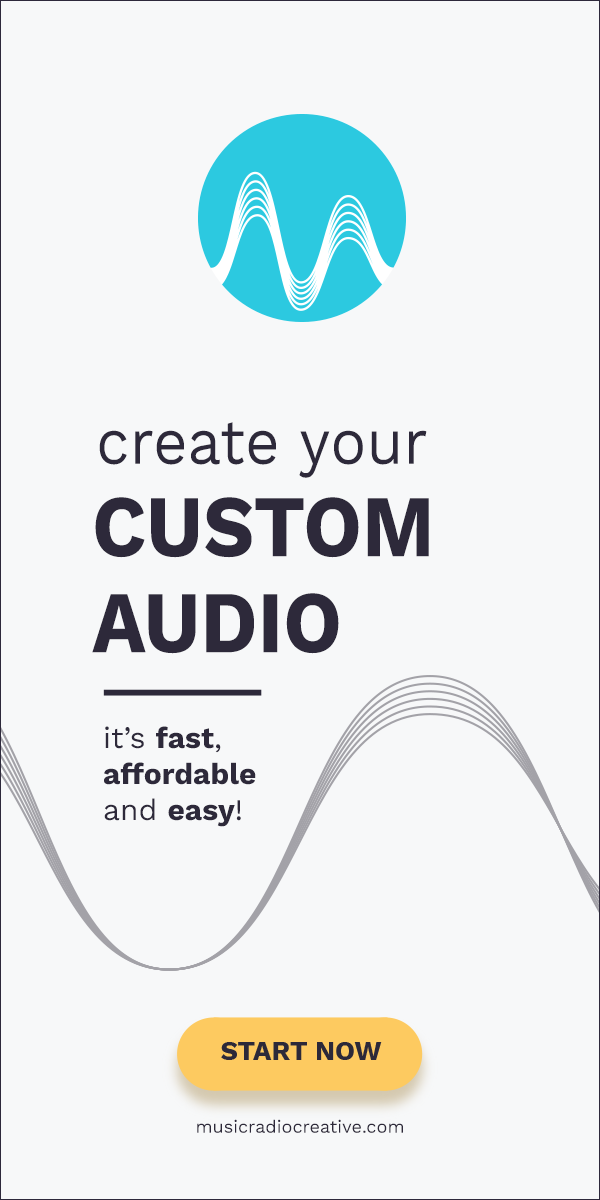Given the impact of a business website, it is bizarre that SMBs around the world are so slow to build one. In 2009, 45% of small businesses had a website but in 2014, this had only increased to 54%. If you are one of the 46% lacking a website, you need to get started now if you want your business to prosper in the Internet age.
If you are already looking to build brand new website or wish to upgrade your existing one, the following article should help you create a site that’s ideal for your customer base. Below, Niall O’Loughlin from 99designs (NMEU sponsor) looks at 3 basic things you need to ask yourself before committing to a new website. Get these right and you can worry about the minutiae later down the line.
1. Who is Your Target Audience?
It is essential for you to know and understand the visitors you intend to attract to the website. You need to consider their age, background and interests in order to form an outline of what they expect.
Remember that you will have new and returning visitors, and they will expect different kinds of content. While returning visitors will seek familiarity, new visitors need to quickly find what it is they are looking for. It can be a tricky balancing act but one that can be solved through the easy navigation of your site.
2. What Are the Goals of Your Visitors?
This is a question that seemingly slips the minds of the average SMB when creating a website. The number of business websites that focus primarily on how awesome the company is beggars belief. Visitors couldn’t care less about your “accolades” and “achievements”; what they want to know is what you can do for them.
Like it or not, your visitors have a specific goal when they arrive at your site and it’s your job to try to figure out what that is. There are dozens of different goals so it’s best for you to focus on three to begin with and work your way from there. Here are some examples to help you…
- Looking for Updates: This is particularly relevant with technology-related websites where things change incredibly quickly. Visitors may come to you for the latest news in your niche.
- Get in Touch: Make sure you have a dedicated contact page/form that is easy to find. I’ve lost count of the number of blogs/websites I’ve found that have no contact email address!
- Download: This could be a white paper or e-newsletter.
- Buy Something: Self-explanatory.
- Leave Feedback: It makes sense to have a comments section, as few things help you understand your visitors better than listening to them.
- See Your Portfolio: A great way to showcase your talents is via previous work.
Once you have 3+ of the above, you will be in a good position to begin structuring your website. The information you glean will not only help you create a tighter, better balanced site that serves the needs of your visitors, but it should also prevent you from wasting time and money on unnecessary things.
3. What Content Should You Add to Your Website?
Most websites combine text, image and video—and with good reason. Each element offers something the others lack, and the combination should cover every base:
- Text: Conventional wisdom states that text-based content marketing is “dead”, but the proliferation of articles and blog posts written each day suggests otherwise. An estimated 55% of visitors spend less than 15 seconds on your website, so any text you write needs to be concise and to the point. This means compelling headlines and ensuring that the most salient and informative points (and benefits) are at the top of the page.
- Images: Not only do images help “break up” text, but they can also make a point. What do you think works better: a 300-word post about how delicious and succulent a burger is or a professional photo showing a plump and juicy burger covered with crisp lettuce, tomatoes, onions and sauce, surrounded by golden-brown fries? We all know the answer to that!
- Video: 78% of people watch online videos on a weekly basis, while 55% watch online videos daily. Video marketing has taken over the world! Even a simple animated video or the use of an actor can work to make your business seem more professional and trustworthy. Websites that use video have 2 minutes extra “dwell” time compared to sites without video. This extra time spent is likely to translate to increased revenue for your business.
Conclusion
In a nutshell, your website design should consider:
- Your audience
- Their goals
- The best content to use
Obviously, there are many more layers in great web design, but if you follow the basics above, you’ll already have a site superior to the majority of your competitors. At that point, you can begin the process of evolving your site and making it one of the best in your industry.










